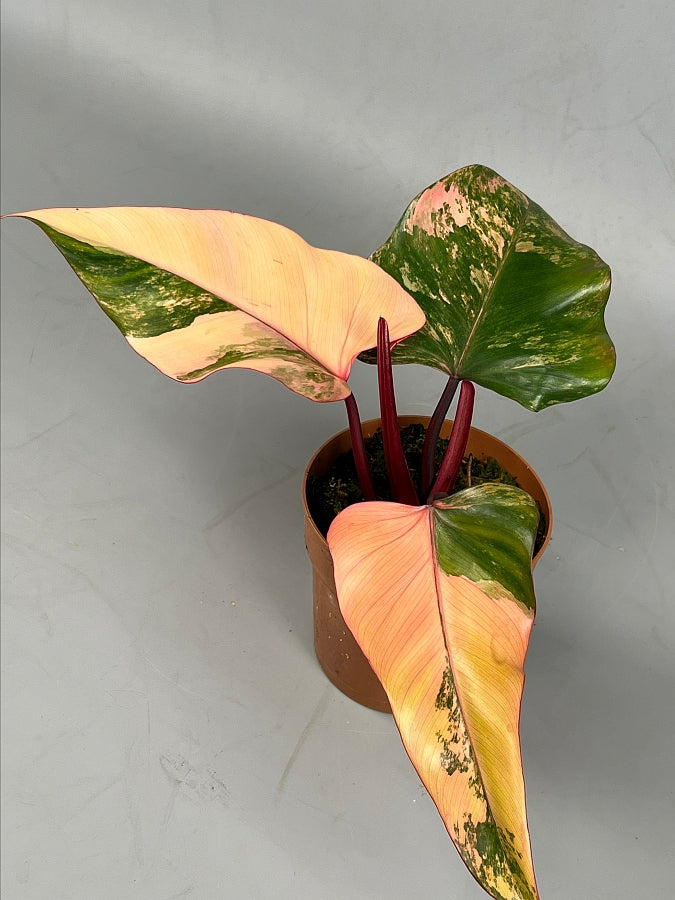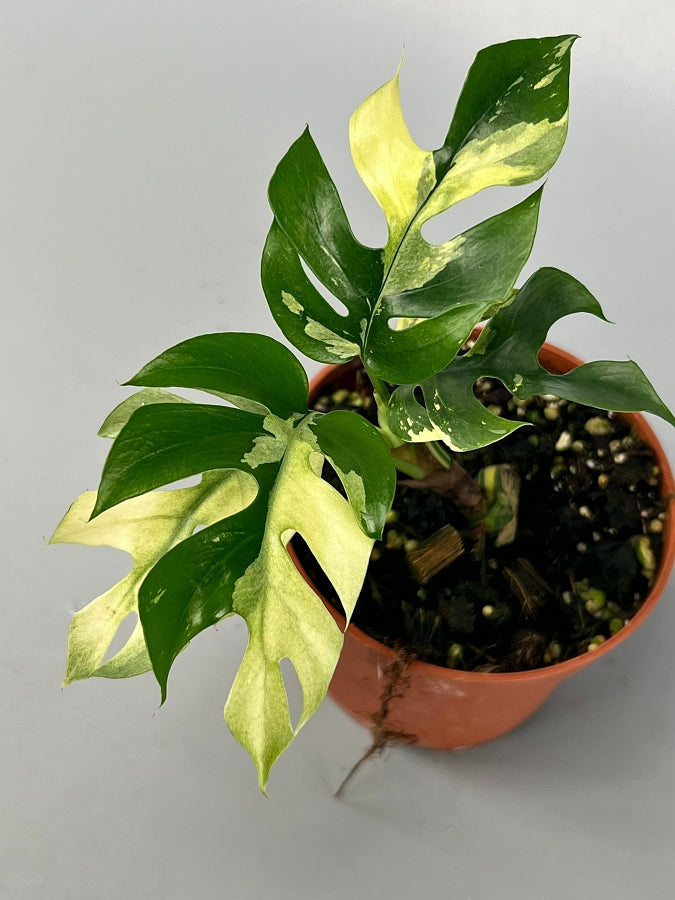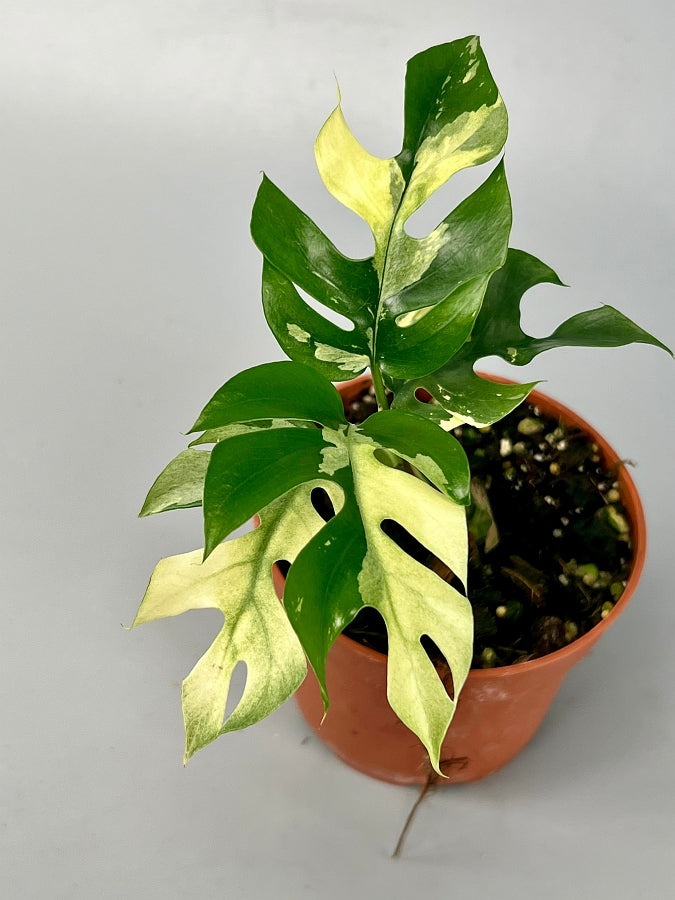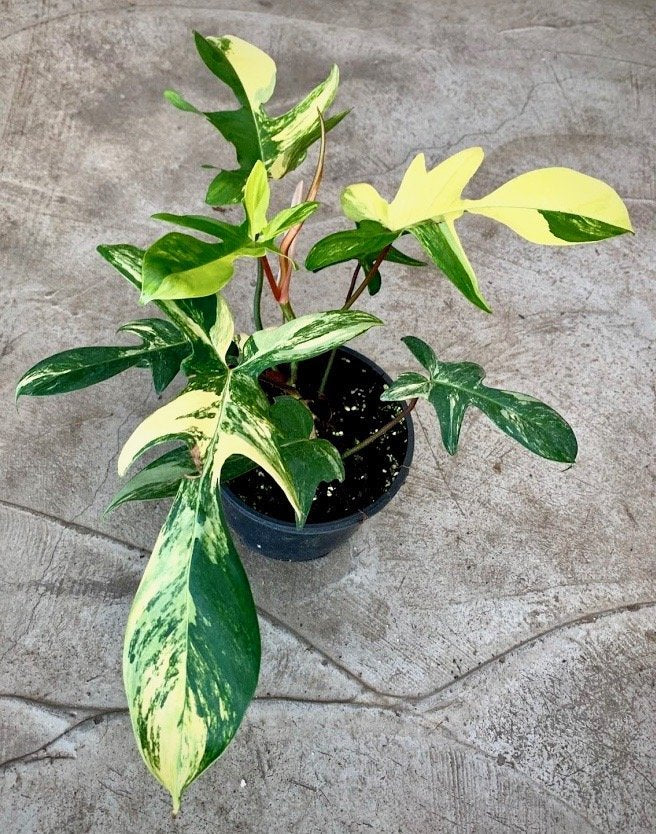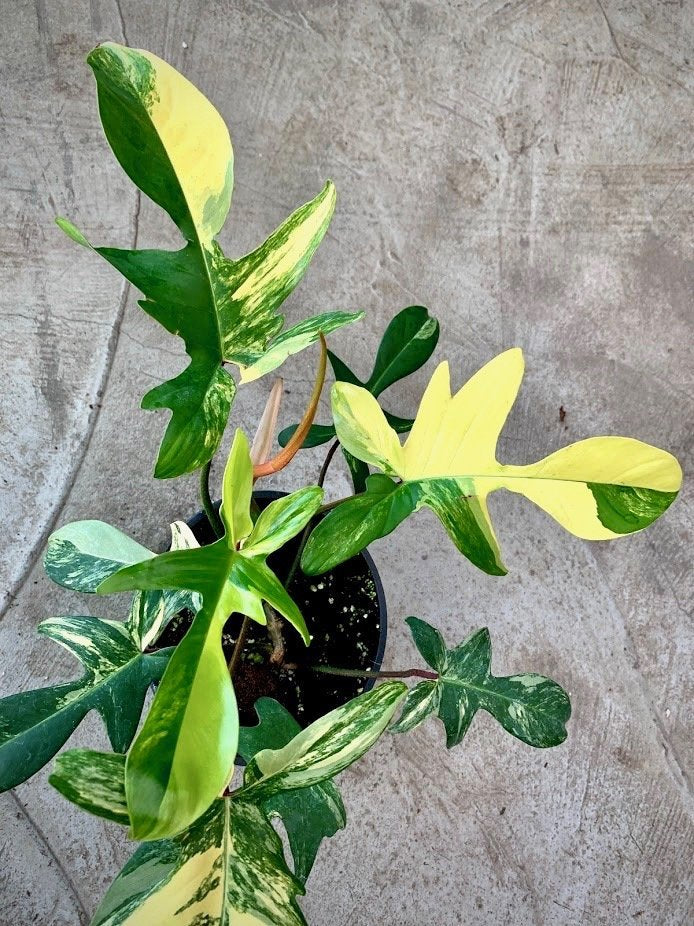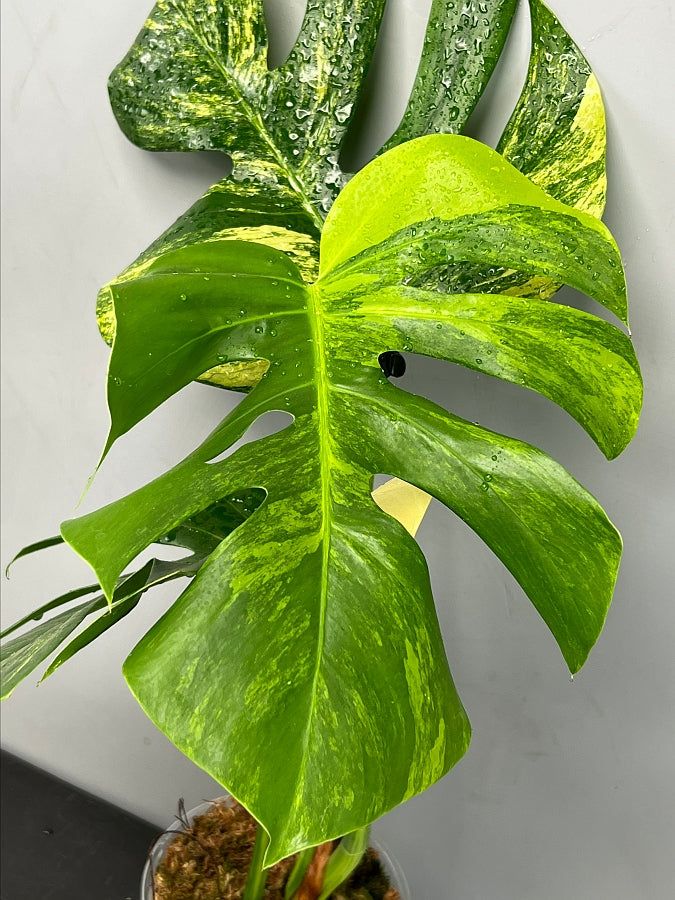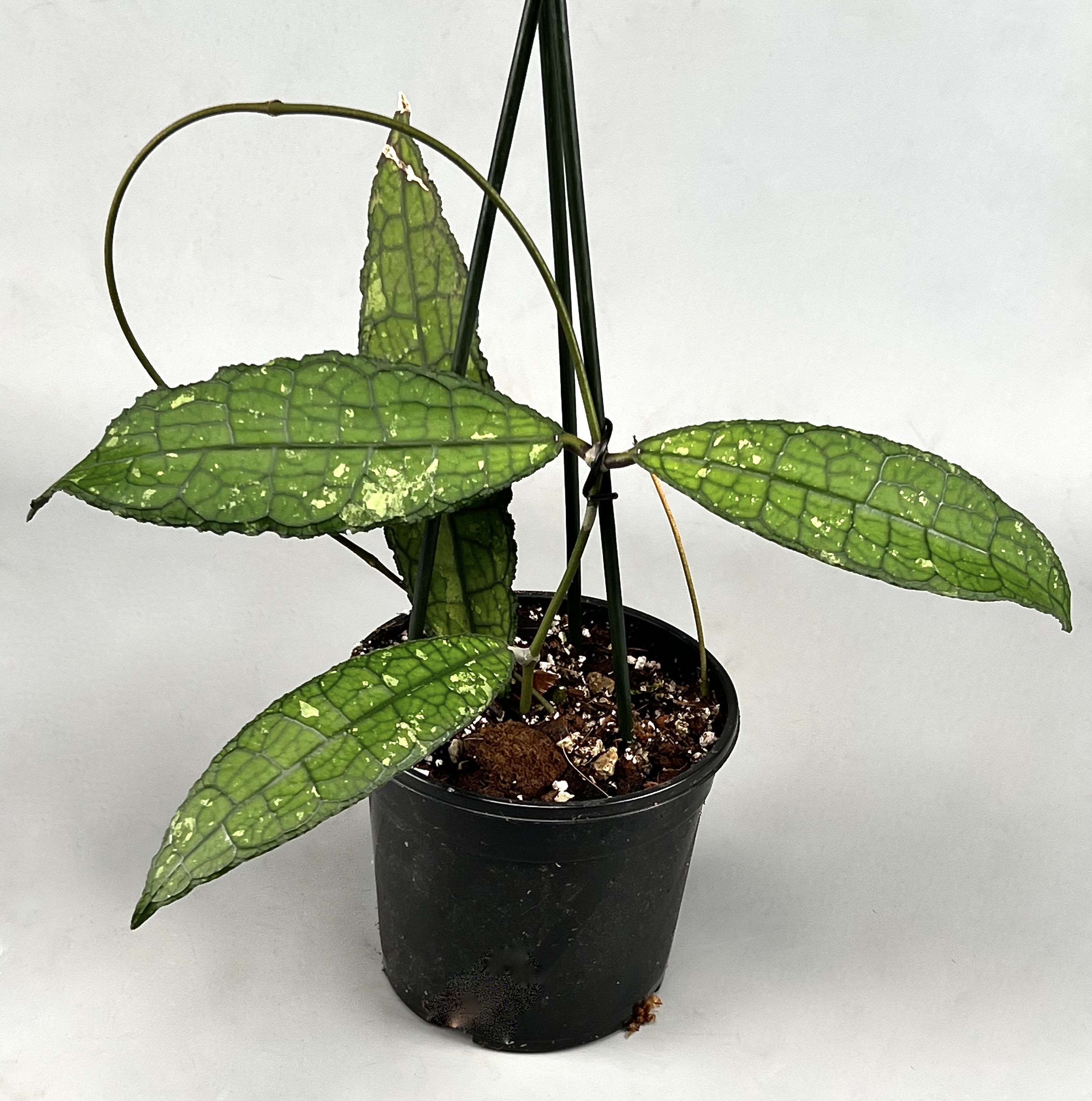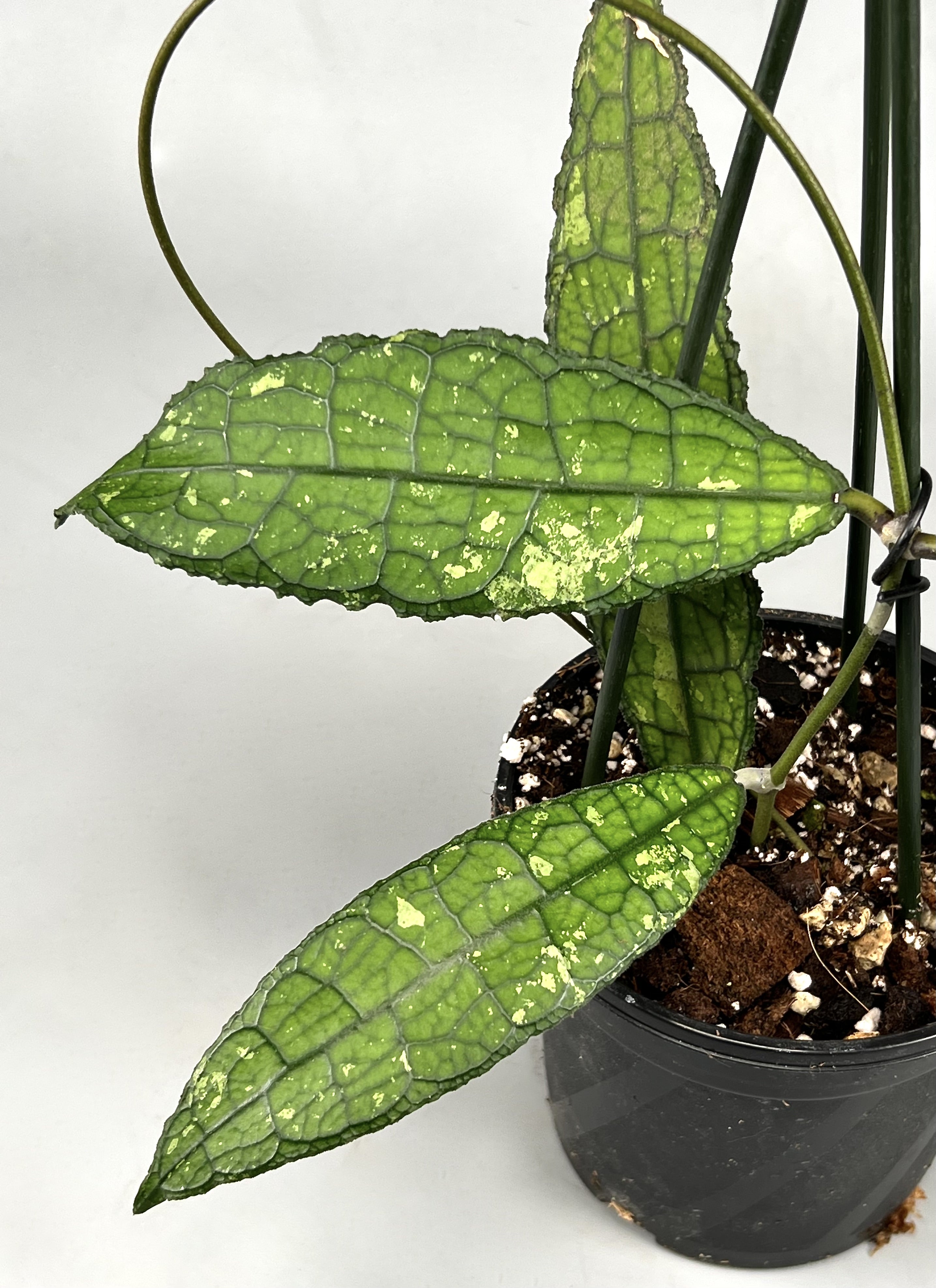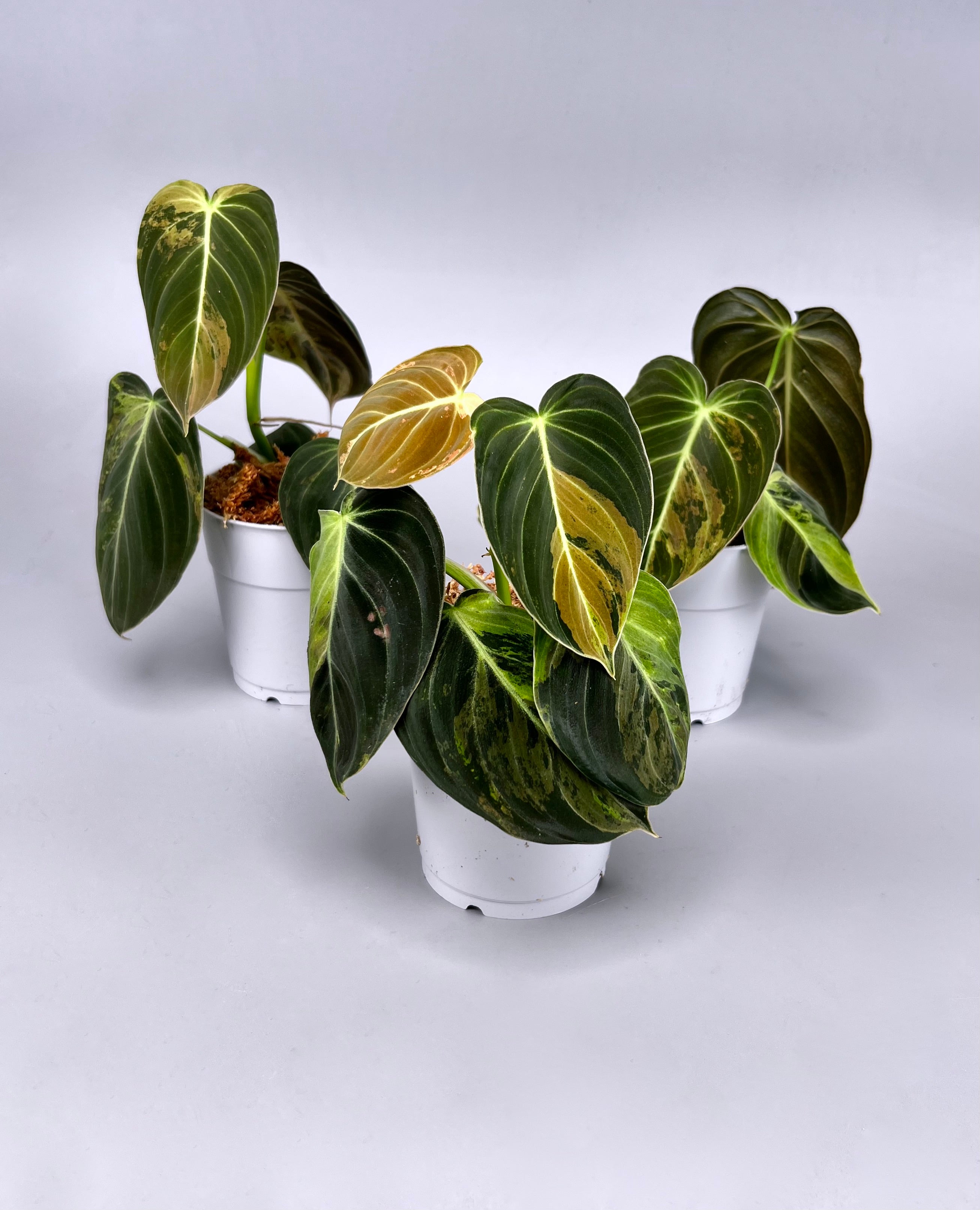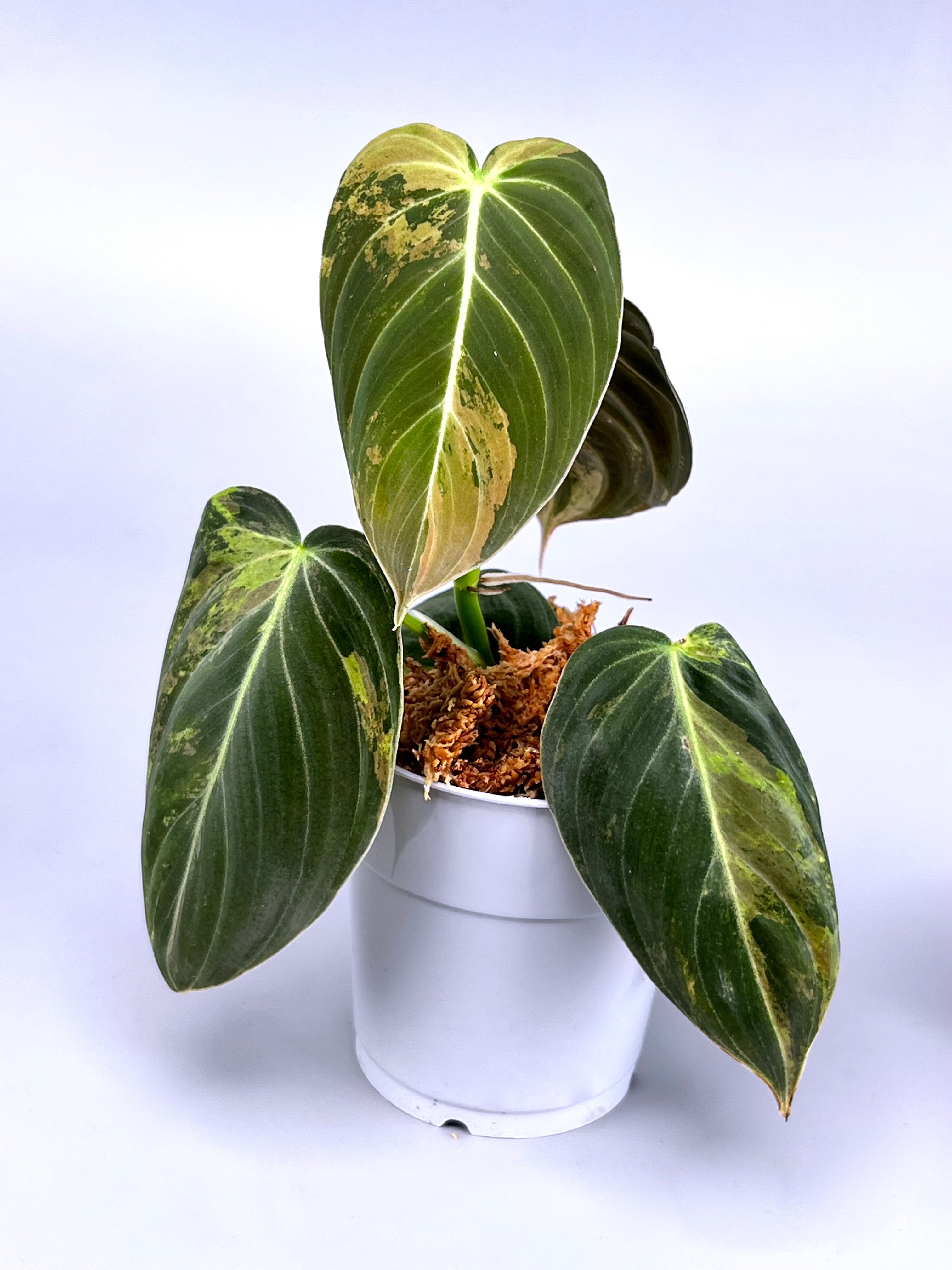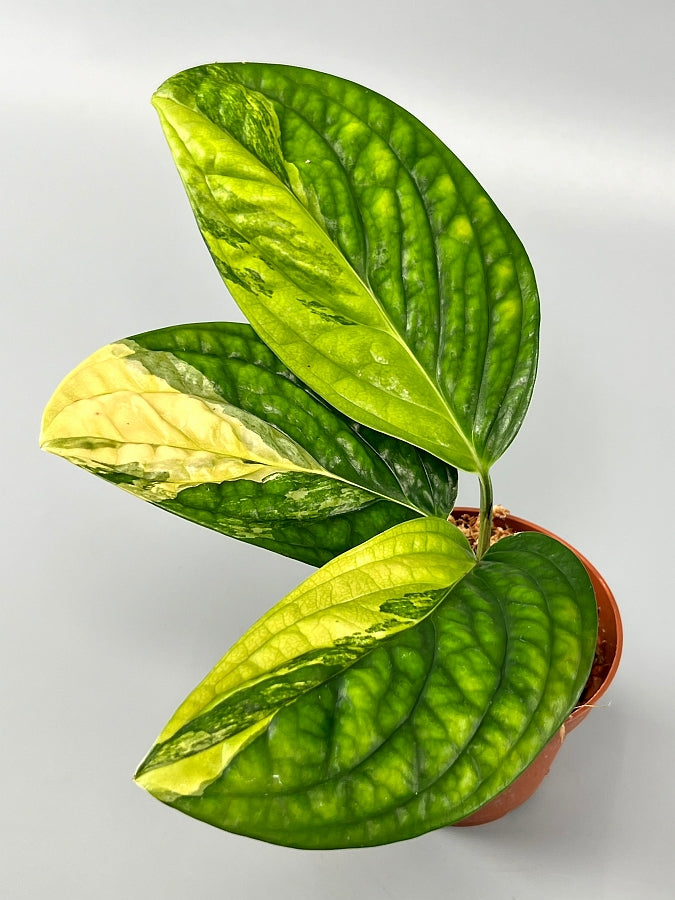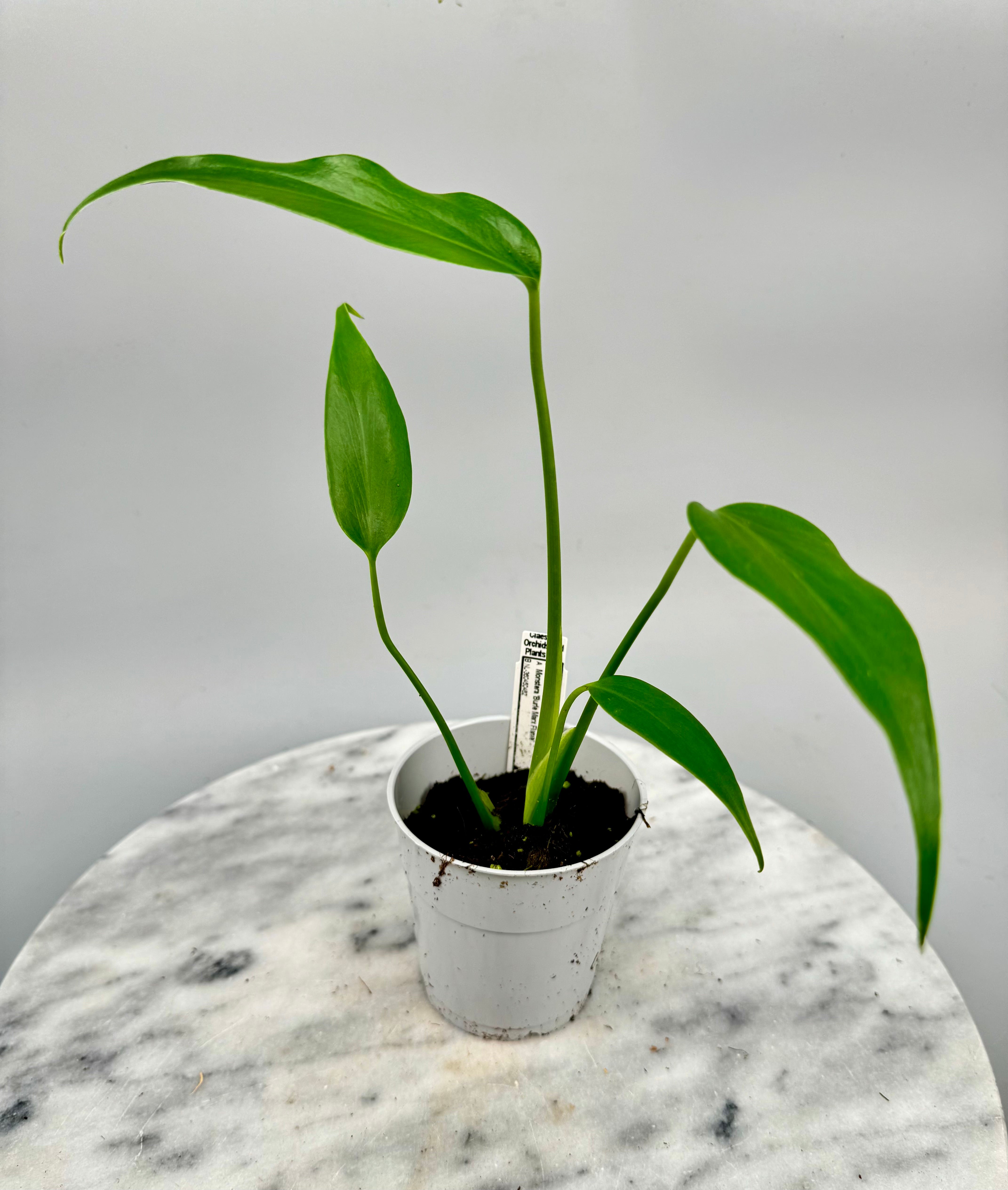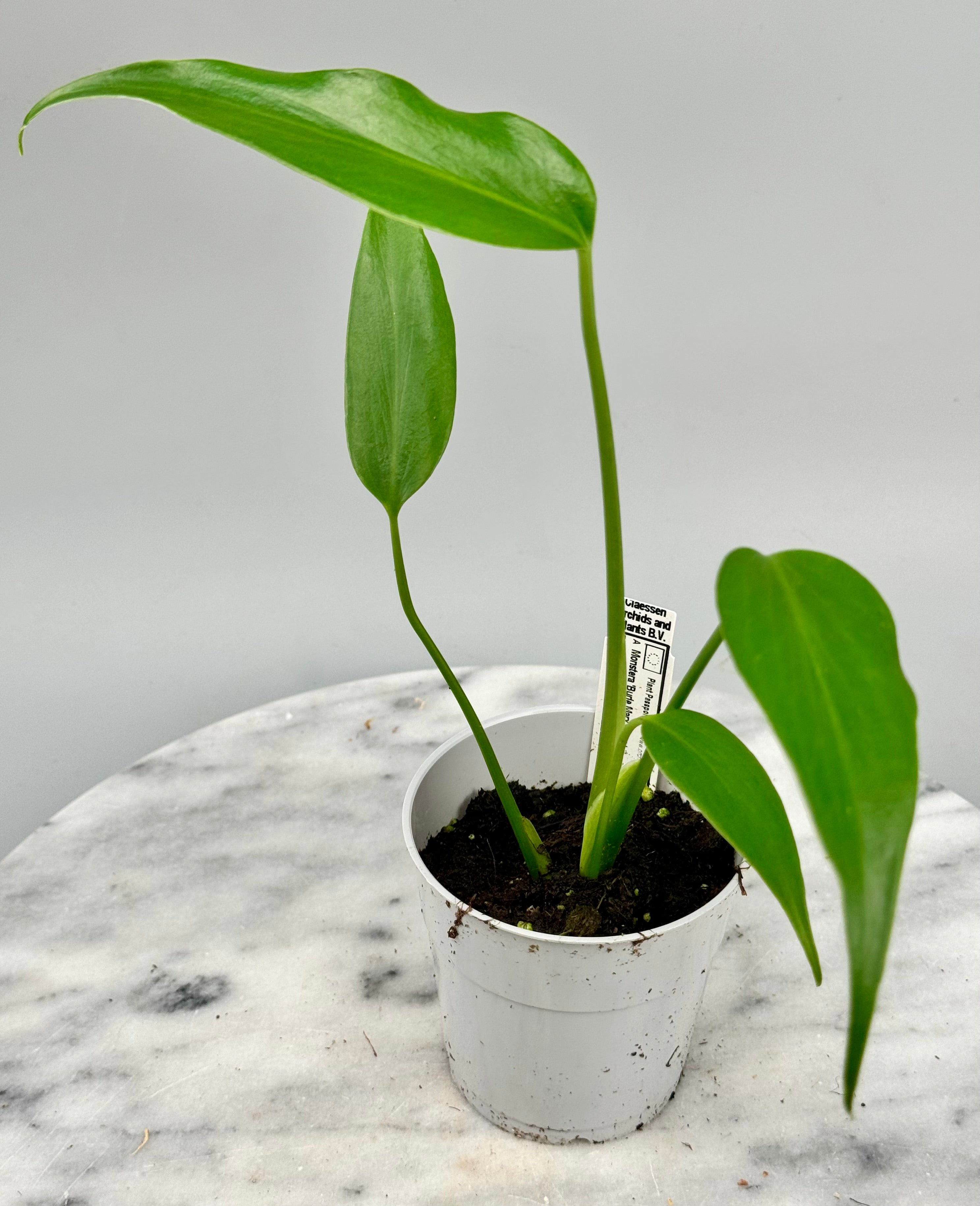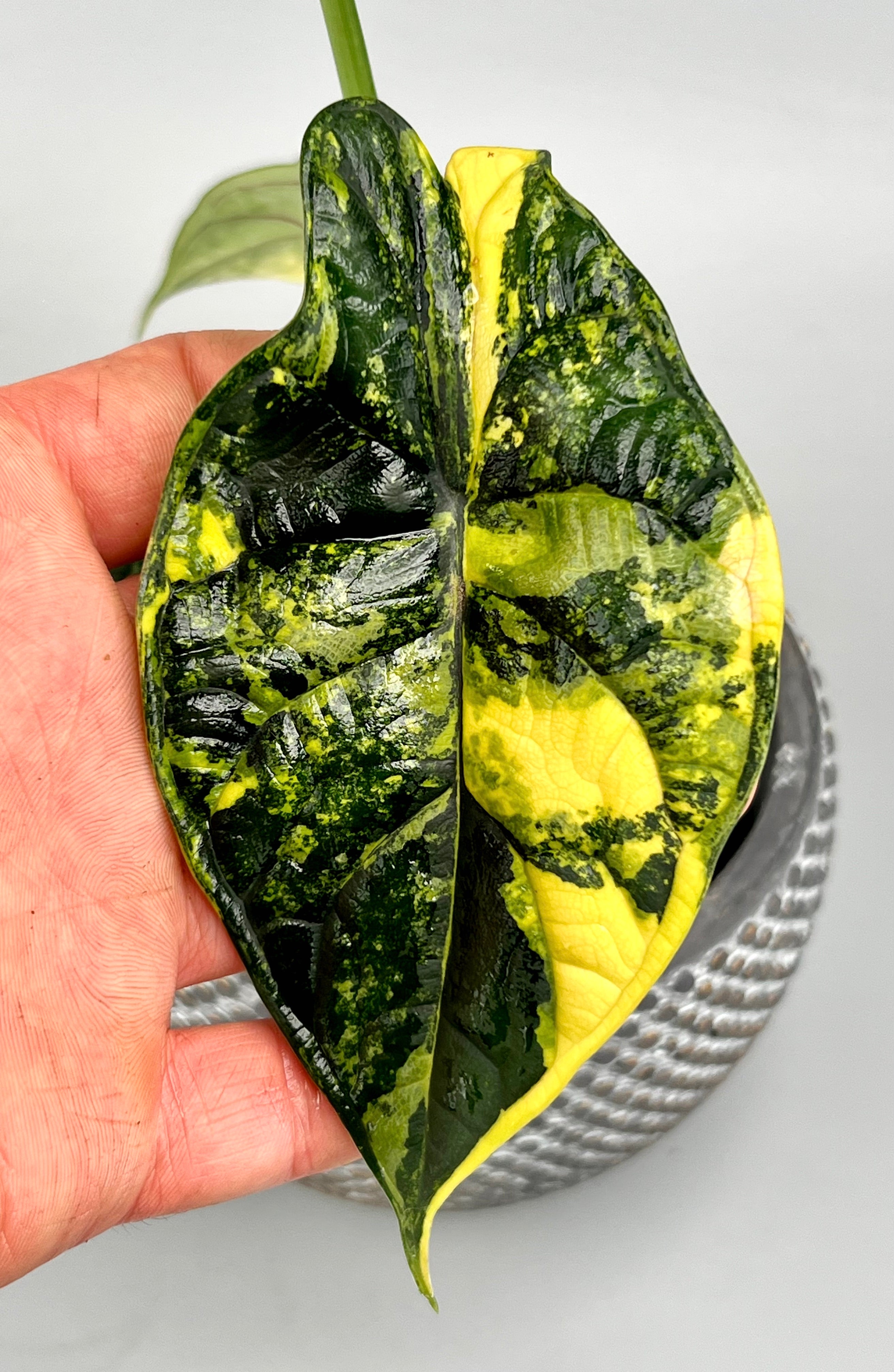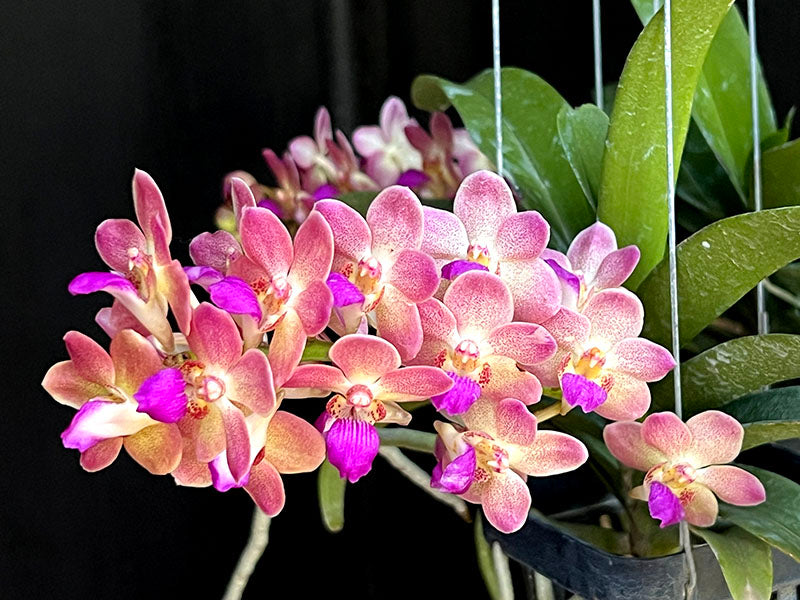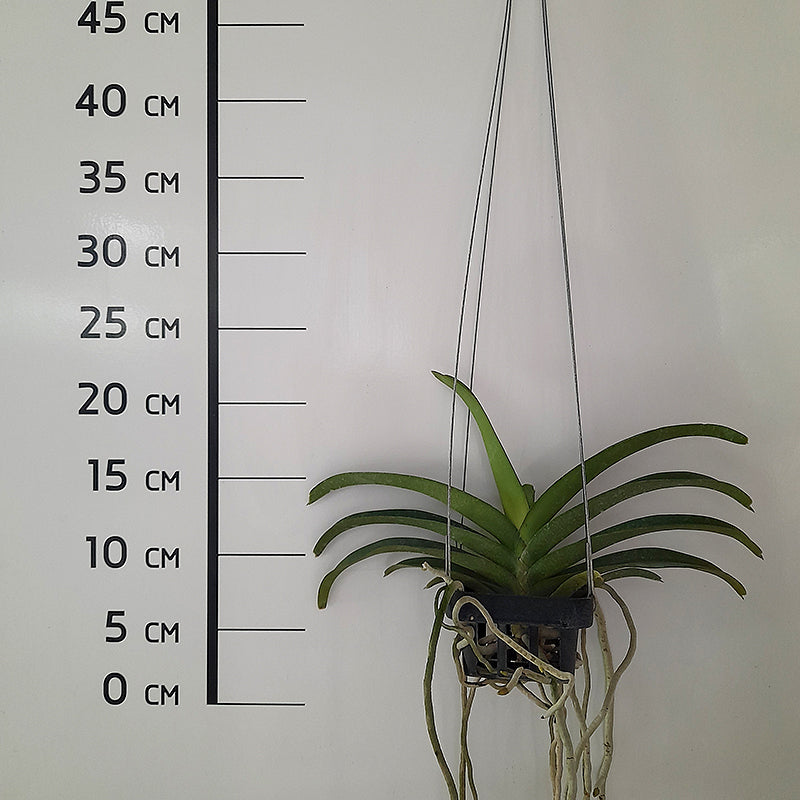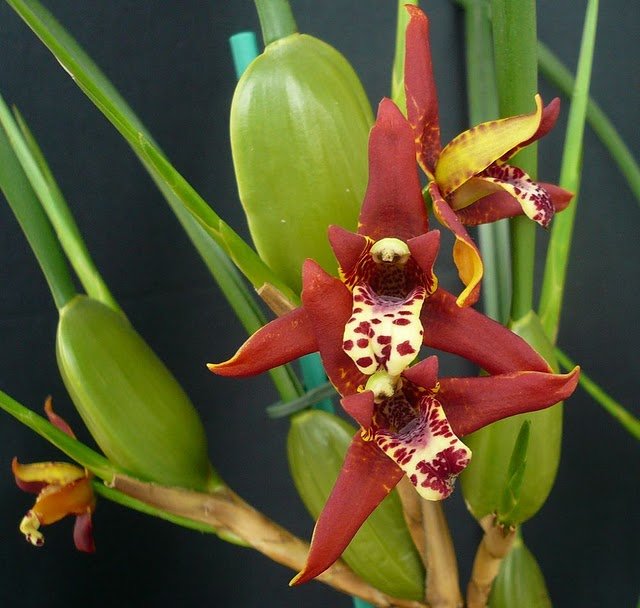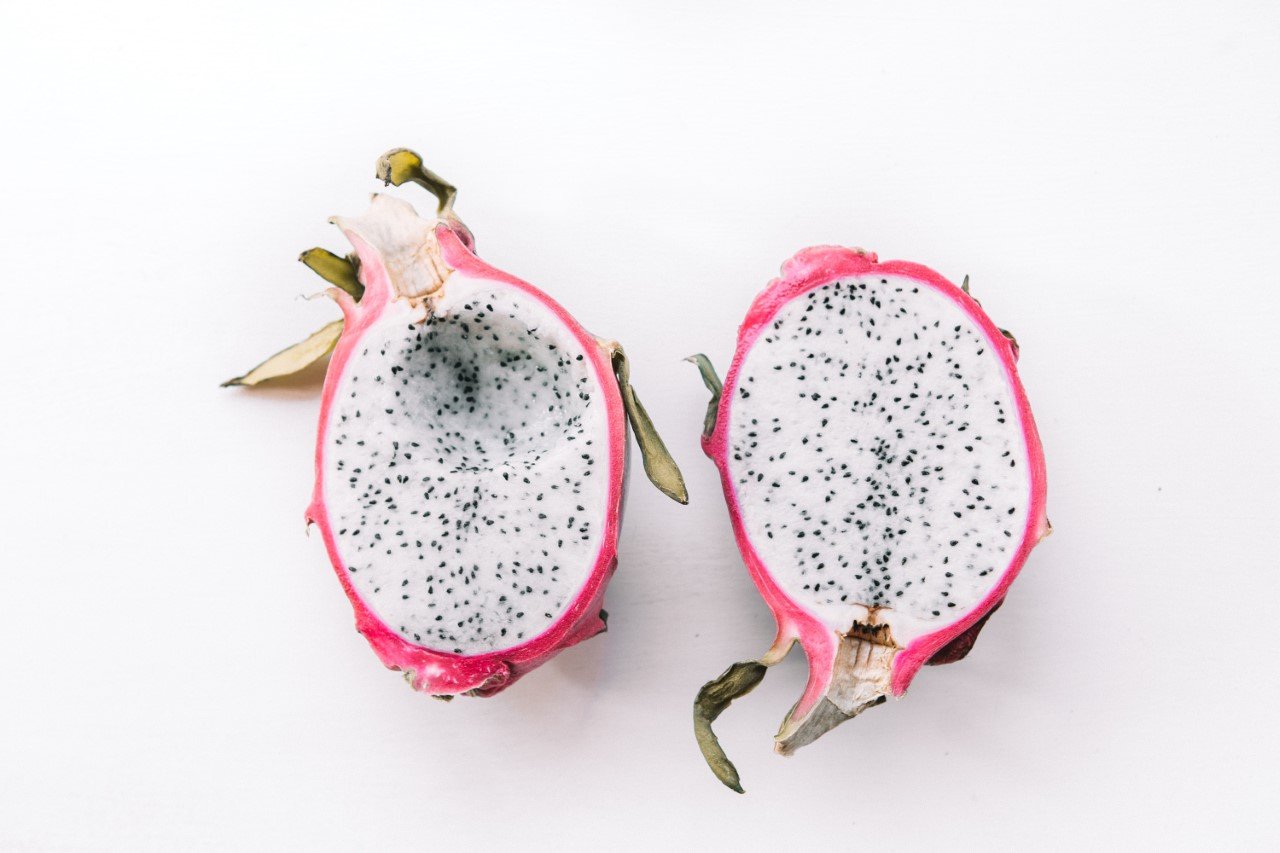It seems so simple: grab a watering can, water and be done. Yet improperly watering plants is one of the most common mistakes that causes plant stress or death. Whether you houseplants care for, tropical species such as orchids have or cuttings take root, proper watering requires knowledge of substrate, roots and the plant's habitat. In this blog, we'll take a more detailed look at proper techniques, including lesser-known tips such as recognizing dry potting soil, wetting aerial roots and the importance of drainage.

Potting soil watering: why it goes wrong for many plants
Potting soil is the foundation of healthy roots for many species, but not all potting soil mixes hold water for the same length of time. Many plant lovers make the mistake of watering too much or too often. Especially with dense potting soil without an airy structure, this can cause roots to rot.
Use a wooden skewer to see how far the potting soil is moist. For plants that are allowed to stand slightly moist, make sure that the potting soil is never completely dry. Other plants like to stand briefly in between completely dry at the roots. You can easily measure this with the skewer. If the water still runs completely through the potting soil when the plant has stood too dry, it is best to water one or two more times until the potting soil holds the water. In addition, preferably use rainwater or demineralized water to prevent accumulation of minerals.

How do you water aerial roots?
With some plants, such as orchids, Monstera's and Philodendrons you can see aerial roots protruding above the potting soil. These roots draw moisture from the air or from superficial precipitation (e.g., spray). They are essential for nutrient uptake, especially in epiphytic plants that grow naturally on trees.
Spray aerial roots with a plant sprayer, especially extra on hot days or in winter when the air is dry. By using a damp cloth once in a while, you can clean and lightly moisten the roots. In orchids such as the Phalaenopsis you can feel free to lightly mist aerial roots a few times a week.
When is it smart to submerge plants in water?
Some plants can benefit from a dip, such as small tropical houseplants and many varieties of orchids. Place the pot temporarily in a container of water and let it absorb the moisture from below. This prevents the top layer from getting too wet, while keeping the roots well hydrated.
Never leave the plant in the water for more than 10-15 minutes at a time. After dipping, pour off the excess water well so that the roots do not drown.
Watering by season
In spring and summer, plants grow more actively and are more thirsty. In autumn and winter, the growth process is slower and too much water is actually dangerous. Adjust your watering based on the season and where your plant is located (light, temperature, humidity).
Preferably use a weather station that shows measurements such as temperature and humidity when in doubt. That way you never water too early or too late.

Watering in a nutshell
Always check the potting soil or substrate first before watering. Lightly spray or mist the aerial roots first. Especially with houseplants. Dipping works well for sensitive plants such as orchids on a block or in orchid mix. Finally, adjust your watering to the season, location and type of plant.
With these tips, you will not only water your plants, but also give them exactly what they actually need to grow and bloom. Remember, plants would rather be too dry than too wet. And with a little attention and experimentation, you will naturally get to know your plants inside out.



